"Men don’t cry." This phrase has long discouraged men from showing vulnerability, pushing the idea that to be a "protector" and "provider," men must hide their emotions. This belief paints emotional expression as inherently feminine, even though men experience emotions just as deeply. Canadian teacher Brendan Kwiatkowski (@remasculine) dives into this issue, describing it as a “boy crisis.” In his TikTok video, "The boy crises at ages 5 and 15," Brendan examines how boys are conditioned to suppress emotions, especially tears.
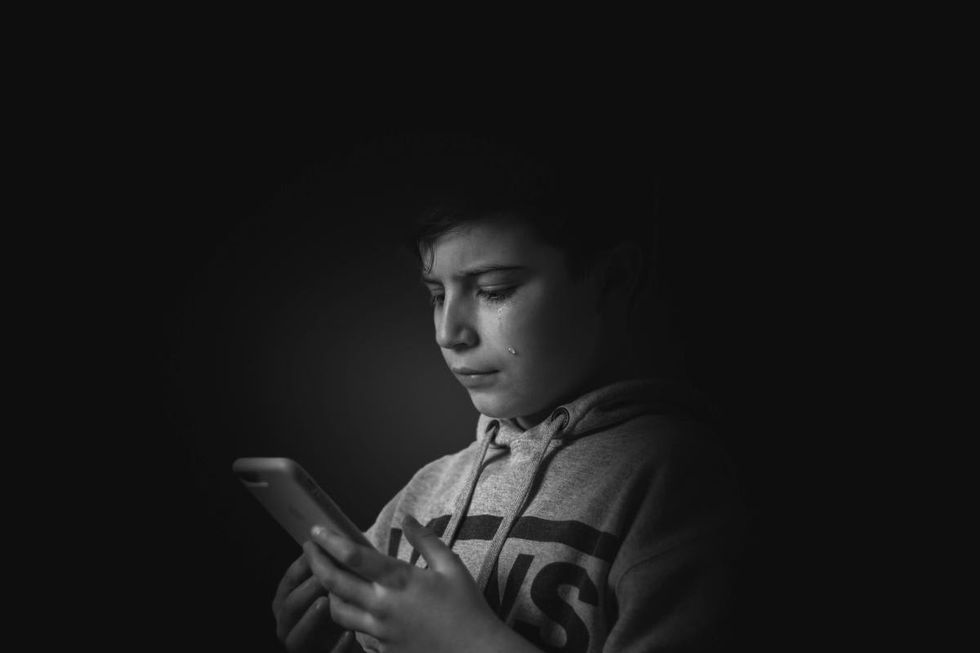
From a young age, boys are taught that being "strong" means not crying. Yet, as one GetPocket article points out, “History is full of sorrowful knights, sobbing monks, and weeping lovers – what happened to the noble art of the manly cry?” Brendan’s 2023 video explains that this emotional suppression often begins around ages 5 and 15. His insights clearly struck a chord, with the video amassing over 1.4 million views, 2,800 comments, and close to 115,000 likes, highlighting a widespread yearning for change in how society treats boys' emotions.
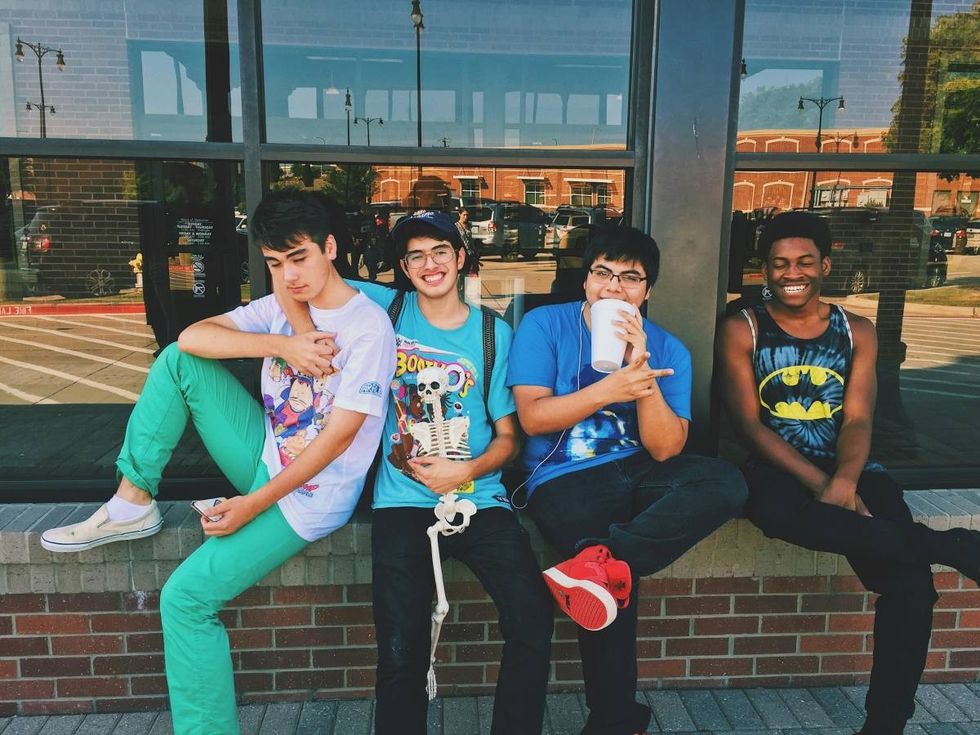
“Let’s talk about the boy crisis that happens around the age of 5 and 15,” said Brendan, who researches the social-emotional development, and wellbeing of boys and men. He defined these years of crisis as “significant periods when boys get disconnected from authentic parts of themselves, usually their emotional parts.” Up to age 5, he says, boys are more emotionally expressive than girls. But as they grow, they become less verbally expressive, “although their somatic markers for emotional reactivity do not change, which is indicative that some emotional suppression is going on.”
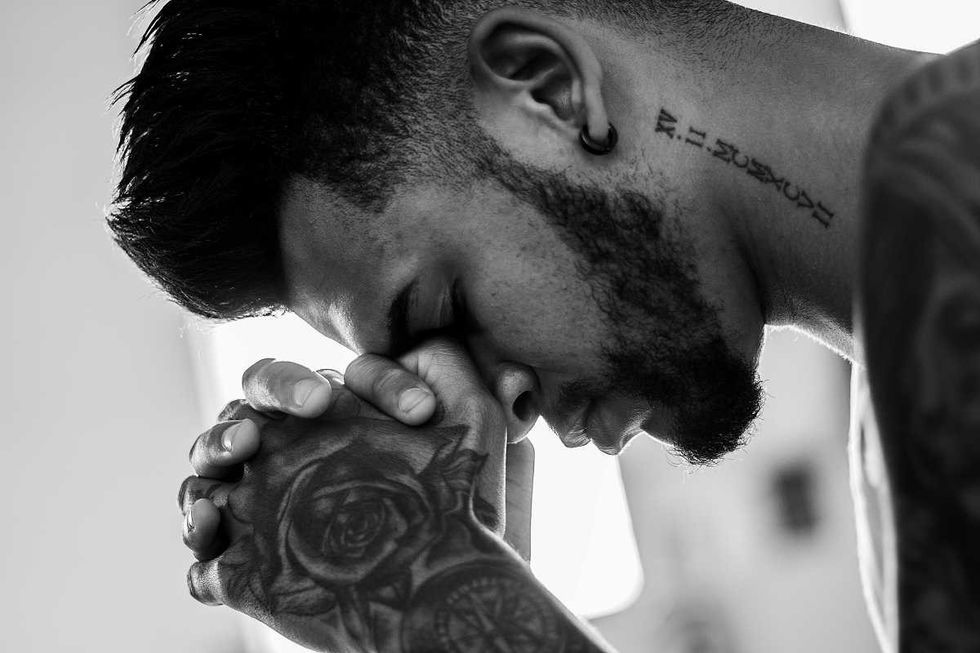
“The first boy crisis coincides with the start of school because there’s just greater exposure to socialization pressures,” said Brendan, adding that schools can sometimes promote gender differences and gender stereotypes. For instance, a teacher telling the boys, “I need all the strong boys to help me with this,” or celebrating a girl’s compliance or neatness. “Schools just provide more opportunities for social shame,” he proclaimed.
“So if a boy likes unicorns or dancing and you have one kid that said, oh, that's girly, that can be the start of them shutting down some part of themselves that they’d rather not shut down,” he said, giving the example of a PhD boy who said he wanted to take part in acting and singing lessons, but just felt like it was something odd for a boy to do. So, he never pursued it.
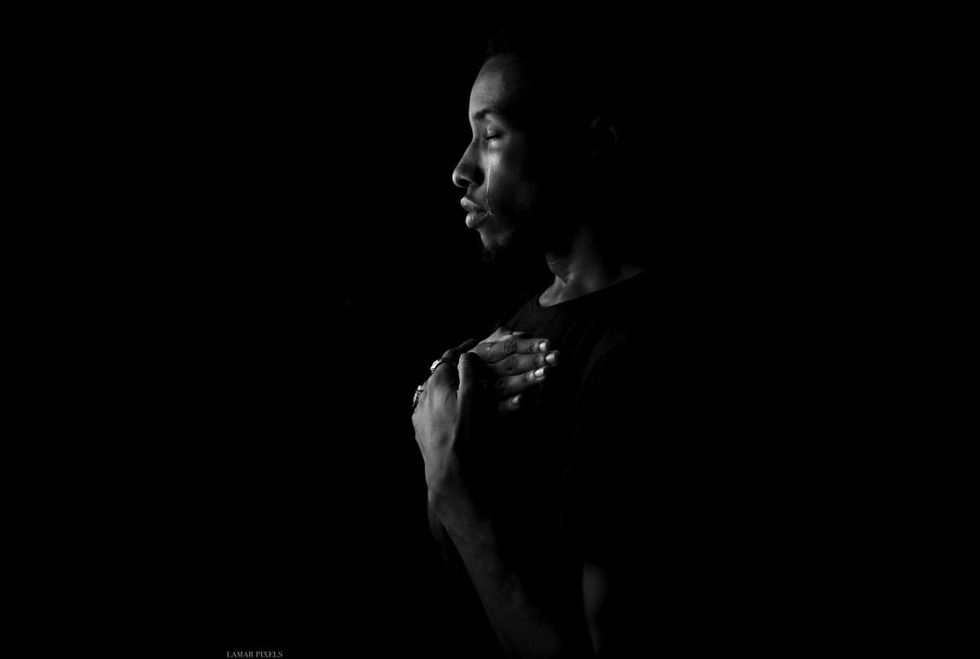
Brendan revealed that the second boy crisis occurs around ages 14 or 15, coinciding with the transition to high school. Plus puberty and intimate relationships bring all the insecurities and strong emotions to the surface, which is overwhelming for the guys. “So they have a cesspool of insecurity and uncertainty, And this is when the masculine pressure to be manly, restricts their emotions,” the teacher added.
“In my research, 12 boys aged 17 to 19, said when they were 14 or 15, they felt like they were least authentic. That they had to wear the mask of masculinity, especially at school,” Brendan recalled and further said that boys are taught to squash two important emotions in particular: “fear and sadness.” Painting of a man weeping in melancholy is a rare sight after all. Brendan gave a lot of reasons for this happening. “Some of it is due to the implicit bias that mothers and fathers tend to use less emotional language when talking to their sons as compared to their daughters, particularly about events that might be sad or scary,” he explained.
Sometimes, parents can be too concerned about their sons appearing as too feminine, he added. “So, to protect their sons from potential bullying or judgment, parents can police their son’s behavior, and how they express their emotions more closely.” Brendan also highlighted the “gender gap” in the video, asking the parents, “Do you think there’d be more judgment for your son showing up at school in a glitter backpack or your daughter showing up at school in a Spider-man backpack?”
This gender bias is so pervasive that many people, especially men, find it suffocating, yet they can't express their feelings. Sharing an experience in the comments section, @lordpurple10 said, “My son was made fun of on the first day of school for wearing his favorite pink shirt. He won’t wear it now. I hate it so much.”

Many resonated with Brendan’s views. @shayskillionaire commented, “We need a Disney movie tailored around this for our boys.” @florarose777 said happily, “My son’s 6 and loves purple and Minnie Mouse and glitter and headbands and feels his emotions and is true to himself. And I am so proud.”

The fact that males are discouraged from expressing their full emotional range is heartbreaking because, according to science, crying is beneficial for health. A 2008 study in the Journal of Social and Clinical Psychology found that people feel better after a good cry. While this seems easy to achieve, it’s challenging for men trained to suppress emotions for centuries. Men must be freed to cry openly and express their vulnerabilities.
@remasculine Replying to @Kathie Rose Mashni here’s more detail on the two boy crises! (Thanks for being patient) let me know if you want to hear more. #masculinity #feminism #barbie #kenenough #positivemasculinity #teachersoftiktok
You can follow Brendan Kwiatkowski on TikTok and Instagram to learn more about emotional intelligence and masculinity.
This article originally appeared 3 months ago.










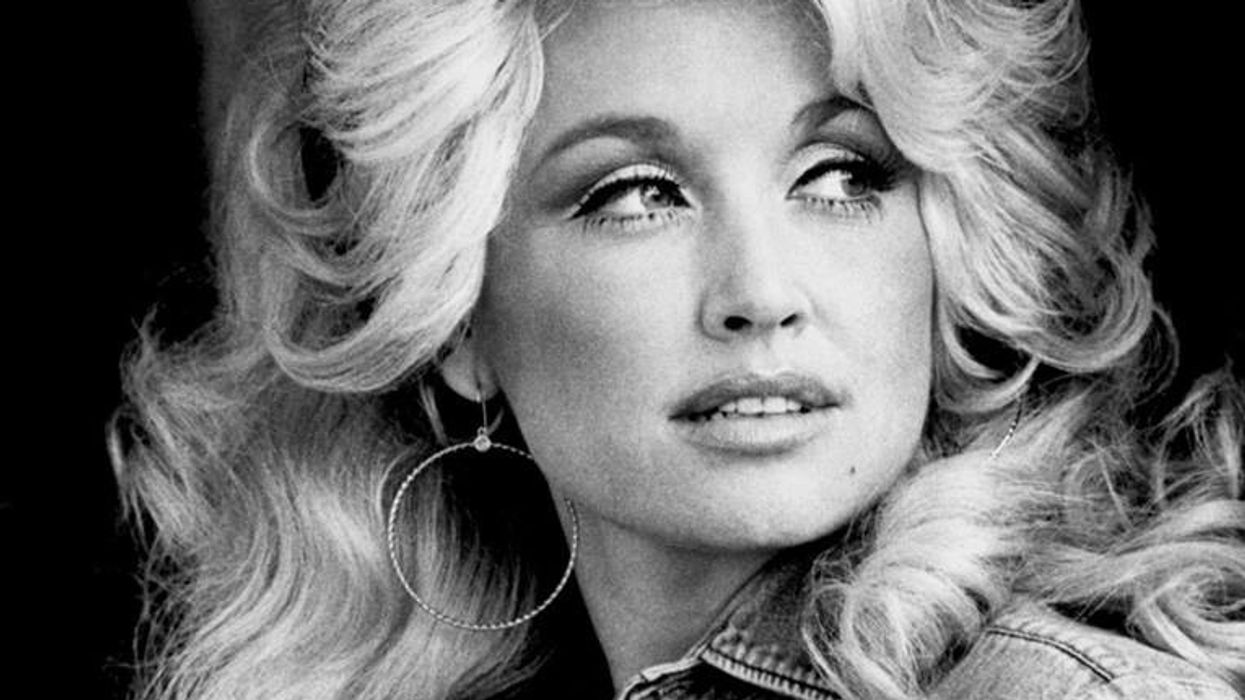






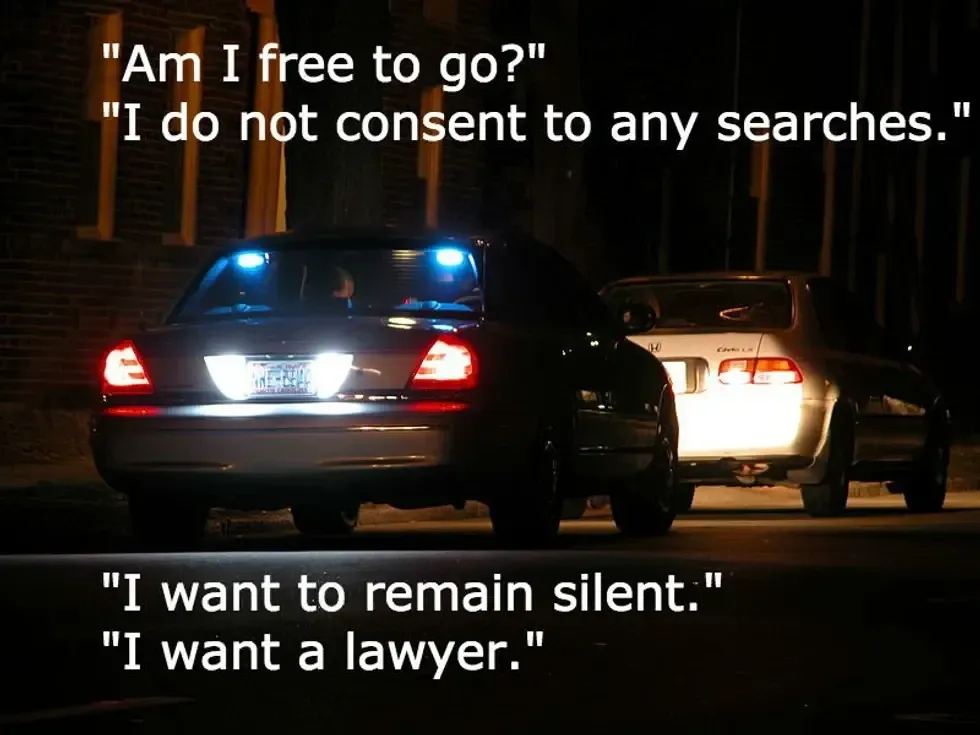 Image by Ildar Sajdejev via GNU Free License | Know your rights.
Image by Ildar Sajdejev via GNU Free License | Know your rights.


 Bill Gates Swag GIF
Bill Gates Swag GIF File:Bill Gates mugshot.png - Wikipedia
File:Bill Gates mugshot.png - Wikipedia
 Representative Image Source: Pexels| Enzo Varsi
Representative Image Source: Pexels| Enzo Varsi Representative Image Source: Pexels| Markus Spiske
Representative Image Source: Pexels| Markus Spiske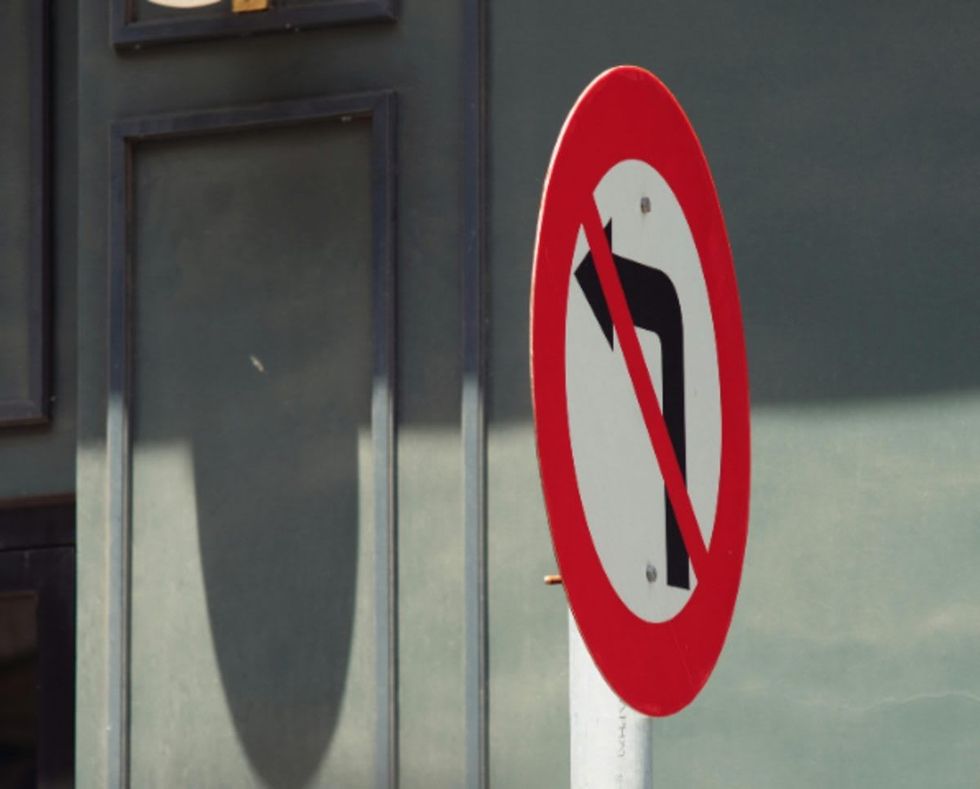 Representative Image Source: Pexels| Nguyen Huy
Representative Image Source: Pexels| Nguyen Huy Representative Image Source: Pexels| Ana Benet
Representative Image Source: Pexels| Ana Benet
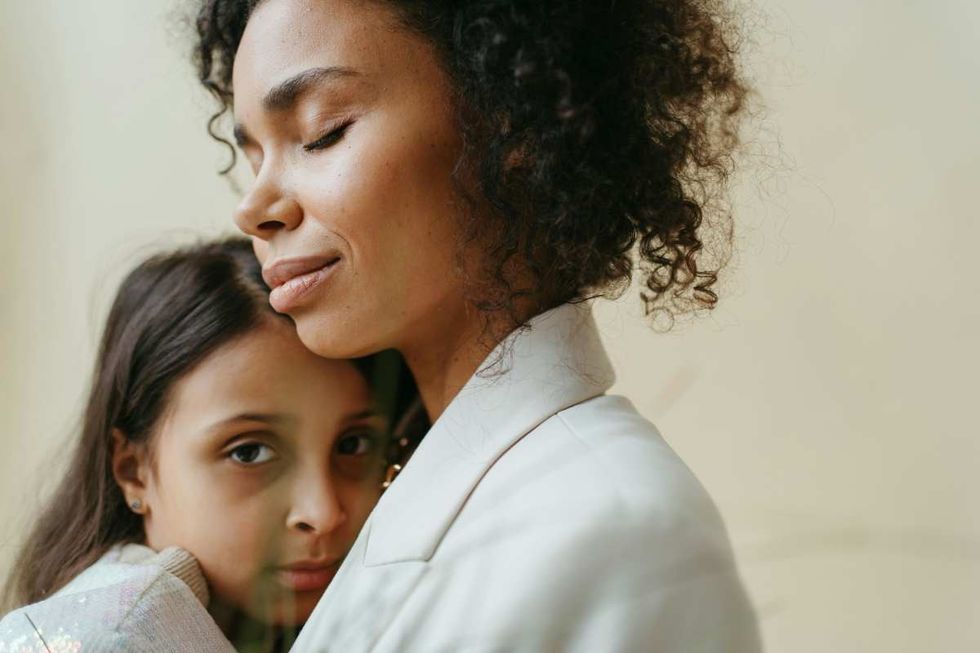 Representative Image Source: Pexels | Anastasia Shuraeva
Representative Image Source: Pexels | Anastasia Shuraeva Representative Image Source: Pexels | Liza Summer
Representative Image Source: Pexels | Liza Summer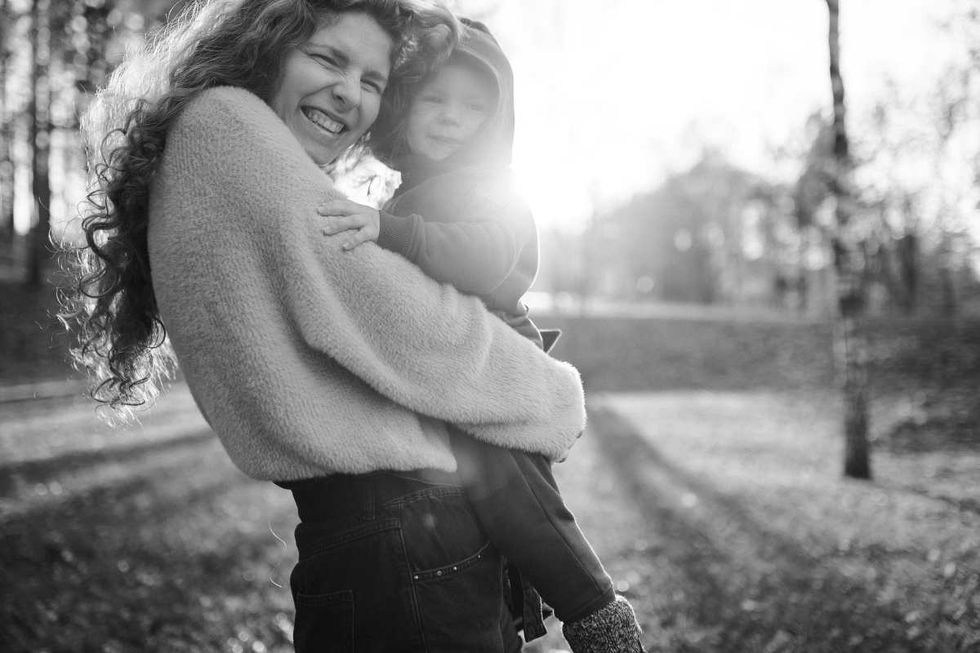 Representative Image Source: Pexels | Yankrukov
Representative Image Source: Pexels | Yankrukov Representative Image Source: Pexels | Shkrabaanthony
Representative Image Source: Pexels | Shkrabaanthony Image Source: TikTok |
Image Source: TikTok |  Image Source: TikTok |
Image Source: TikTok | 
 Woman standing in tree pose on edge of infinity pool (Representative Image Source: Getty Images | PhotoAlto/Sigrid Olsson)
Woman standing in tree pose on edge of infinity pool (Representative Image Source: Getty Images | PhotoAlto/Sigrid Olsson) Five adults practicing yoga, standing on one leg (Representative Image Source: Getty Images | Thomas Northcut)
Five adults practicing yoga, standing on one leg (Representative Image Source: Getty Images | Thomas Northcut) Elderly couple doing calf stretches in a park (Representative Image Source: Getty Images | RGStudio)
Elderly couple doing calf stretches in a park (Representative Image Source: Getty Images | RGStudio)
 Representative Image Source: Pexels | Rene Terp
Representative Image Source: Pexels | Rene Terp Image Source: Instagram |
Image Source: Instagram |  Image Source: Instagram |
Image Source: Instagram |  Image Source: Instagram |
Image Source: Instagram |  Image Source: Instagram |
Image Source: Instagram |